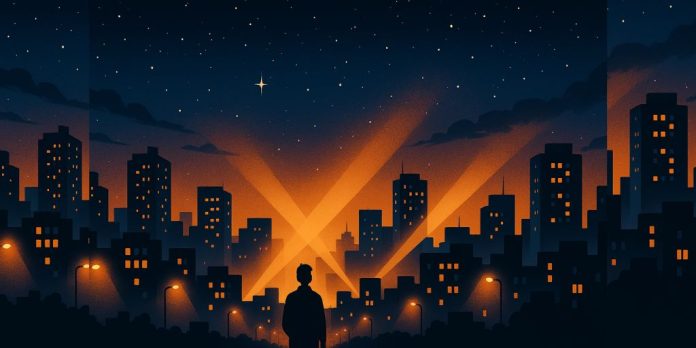Light pollution is often overlooked in discussions about environmental threats, but its effects are far-reaching and increasingly concerning. As cities expand and artificial lighting becomes more pervasive, light pollution is silently impacting ecosystems, human health, energy consumption, and even our view of the stars.
In this article, we’ll explore the major effects of light pollution, backed by science, and provide a deeper understanding of why it matters and what can be done.
What Is Light Pollution?
Light pollution refers to the excessive or misdirected artificial light produced by urban areas. It includes several types:
- Skyglow – the brightening of the night sky over populated areas.
- Glare – excessive brightness that causes visual discomfort.
- Light trespass – unwanted light entering one’s property.
- Clutter – bright, confusing, and excessive groupings of light sources.
While artificial lighting serves practical purposes, such as safety and visibility, poorly designed lighting systems contribute to unnecessary light pollution.
Effects of Light Pollution
1. Disruption of Ecosystems and Wildlife
One of the most significant effects of light pollution is its disruption of natural ecosystems.
Nocturnal Animal Behavior
Many animals rely on darkness for survival. Light pollution alters:
- Migration patterns of birds that navigate using the stars.
- Predator-prey relationships, as artificial light makes it easier for predators to hunt and harder for prey to hide.
- Breeding cycles in amphibians and insects, particularly fireflies and frogs.
Sea Turtles and Artificial Light
Newborn sea turtles instinctively move toward the ocean, guided by moonlight. Artificial lights from beachfront properties disorient them, often leading them inland where survival is unlikely.
Light pollution is directly contributing to biodiversity loss, especially among species that are sensitive to light cues.
2. Negative Effects on Human Health
We often underestimate how essential natural darkness is to our biological processes.
Circadian Rhythm Disruption
Exposure to artificial light, especially blue light from screens and LED lighting, suppresses melatonin production, disrupting sleep patterns and circadian rhythms. This can lead to:
- Insomnia and sleep disorders
- Increased risk of depression
- Hormonal imbalances
Long-Term Health Risks
Chronic exposure to nighttime light is being linked to serious health conditions such as:
- Obesity
- Cardiovascular disease
- Diabetes
- Even certain cancers (especially breast and prostate)
Modern life may depend on artificial lighting, but our bodies are still hardwired for natural light cycles.
3. Astronomical Visibility Loss
One of the most poetic casualties of light pollution is the night sky.
Impact on Astronomers
Both amateur and professional astronomers struggle to observe celestial events due to skyglow. The Milky Way is no longer visible to more than one-third of the world’s population.
Cultural and Educational Loss
The stars have inspired mythology, philosophy, science, and art. Losing access to the night sky disconnects us from a part of our heritage and limits educational opportunities in astronomy and physics.
4. Economic and Energy Waste
Light pollution also hits us where it hurts most: our wallets.
Wasted Energy
According to the International Dark-Sky Association, at least 30% of outdoor lighting in the U.S. is wasted. This adds up to:
- Billions of dollars in energy waste annually
- Unnecessary CO₂ emissions contributing to climate change
Efficient lighting design can significantly reduce both light pollution and energy consumption.
5. Impacts on Climate Change
It might not be obvious, but light pollution plays a subtle role in exacerbating climate change.
- The production of electricity for lighting requires fossil fuels.
- Over-illumination increases carbon footprints.
- Light reflecting off atmospheric particles may affect local climate conditions, especially in urban heat islands.
Reducing light pollution is a low-hanging fruit in the fight against climate change.
How Can We Reduce Light Pollution?
Mitigating light pollution doesn’t mean turning off all lights. It’s about smarter use of artificial lighting.
Practical Solutions
- Install motion-sensor lights and timers
- Use warm-colored LED bulbs
- Implement shielded lighting fixtures
- Encourage community-level dark sky initiatives
Join the Movement
Organizations like the International Dark-Sky Association (IDA) are leading global efforts to preserve dark skies. Supporting such efforts can drive policy changes and awareness.
Final Thoughts
The effects of light pollution extend far beyond aesthetics. They touch every part of life e.g nature, human health, science, economy, and the environment.
As awareness grows, so does our ability to make changes. The night sky, once a source of wonder and orientation, should not be lost to us. Whether you’re concerned about your health, the environment, or simply want to see the stars again, reducing light pollution is a meaningful step toward a more balanced world.

